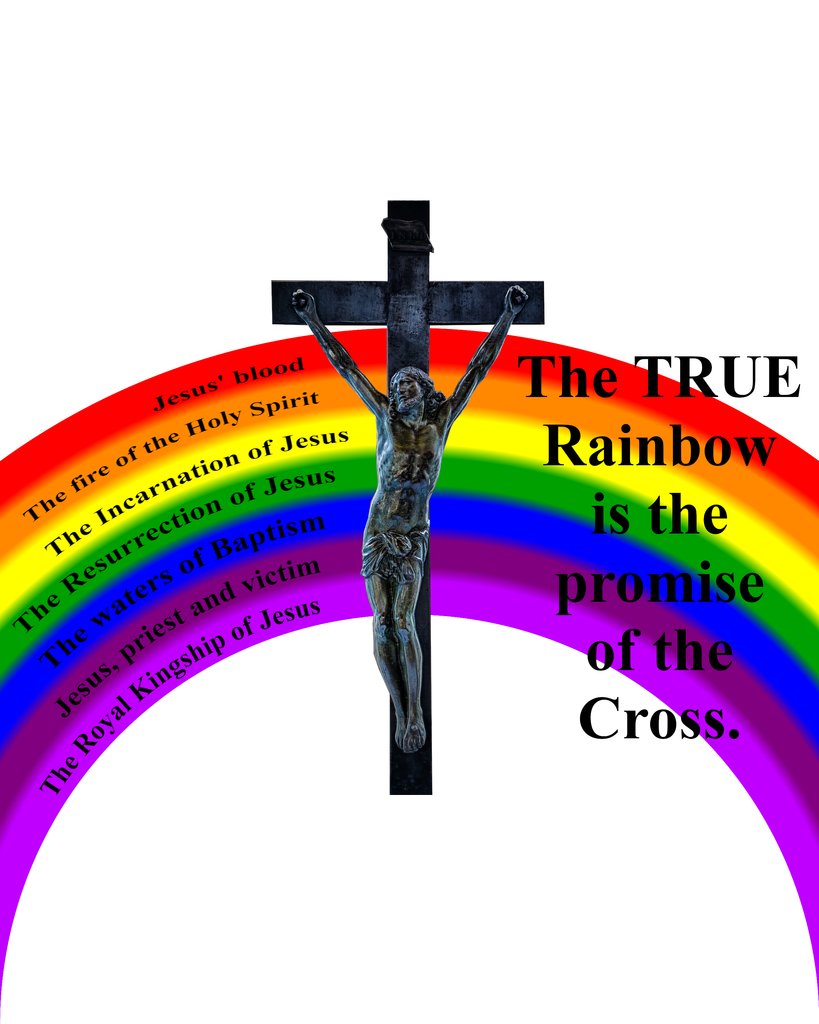Catholic Church Architecture and the Spirit of the Liturgy

Well its here! “Catholic Church Architecture and the Spirit of the Liturgy” by Denis McNamara is now available. This product description says it all.
This unique book delves into the deep meanings of liturgical art and architecture, and by association, the Sacred Liturgy itself. It is meant to help pastors, architects, artists, members of building committees, seminarians, and everyone interested in liturgical art and architecture come to grips with the many competing themes which are at work in church buildings today. The object of Catholic Church Architecture and the Spirit of the Liturgy is help the reader to drink deeply from the wells of the tradition, to look with fresh eyes at things thought to be outdated or meaningless, and glean the principles which underlie the richness of the Catholic faith.
We have shown you the incredible testimonials by people such as Scott Hahn, Archbishop Raymond Burke, Fr. Robert Barron, and more. If you haven’t purchased it yet, here is a little taste of what you are missing. With permission, I present to you some excerpts.
Any book about liturgical art and architecture therefore must be a book about Beauty, Truth, and Goodness because liturgical art and architecture are about a compelling revelation of God which moves us to grow in conformity to him. Since Beauty is the compelling power of Truth, its splendor and attractiveness draw us out of ourselves to approach and investigate a beautiful thing. We can then be transformed by it. So this is also a book about Goodness, where human acts are made with moral sense, which is informed by a grace-filled reason. The result of these beautiful and good acts is joy and love, and love is willing the good of the other as other, unselfishly so. And what greater good could one wish on another than eternal salvation in the warm embrace of God? So a book about liturgical art and architecture must also be about salvation. And salvation, being perfect, is indeed beautiful. And we start all over again. Amid all of this theological language are the real, tangible objects of liturgical art and architecture, which rightly belong to the spiritual order even as they affect our earthly lives…
Is our recent liturgical art and architecture so attractive that we bring our out of town guests to see our new Catholic churches? Or do we still make the trek downtown to see the nineteenth-century Gothic romanticisms when we want people to see a church that “looks like a church”? I would suspect that the latter is the case. More ominously, does this lack of Beauty suggest that we have lost our sense of the Truth? In many cases, the answer is yes…
Pages 4 & 5
Art and architecture are critical features of this process. They are not merely neutral backdrops for gathering, nor arethey opportunities for sumptuous display alone. Liturgical art and architecture should instead be considered features of the rite itself, part of the cluster of symbols used in a particular order. They form the very symbolic image of the heavenly Jerusalem, the “place” where God dwells and acts with hispeople. In that sense art and architecture are properly called sacramental. Their arrangement should be designed so as to best allow the full, conscious, active, and fruitful participation in the liturgy in its deepest dimensions: the reality of heaven itself.
When liturgical art and architecture are thought of as sacramental and not just a neutral setting or museum of devotional objects, the present-day arguments about these matters from the liturgical left and right are shattered; both are either
incomplete or distortions in one way or another. Christ was prefigured in the shadows of the Old Testament, revealing the Father even by veiling his glory while on earth, and now reigns in heaven. So the church-ness of a church embraces the
memory of the synagogue and the temple in ancient Jerusalem and reveals the Church (ekklesia) gathered today in a time and place. It shows us a sacramental image of the heavenly Jerusalem to which we journey as pilgrims. This heavenly city is described in the book of Revelation in quite specific terms: Christ reigns on the throne, surrounded by an orderly arrangement of saints, angels, the Mother of God, and innumerable multitudes singing God’s praises. The city itself has numerous portals, walls with the qualities of gold and gems, and everything radiates the light of God. Churches through the ages have tried in one way or another to capture this image of heaven, filling sanctuaries with gem-like mosaics, stained glass, and figural and carved imagery in fine stone, gold, and color.We think of churches that look like this as “churchly” because they capture the qualities of heaven itself: a radiant place filled with the presence of the Trinity and heavenly beings into which we are allowed to enter and pray, participating in the divine life of the Trinity and our destiny to praise God forever (Revelation 4:20). This is exactly the sacramental nature of a church building for which every church architect and artist should strive. Of course heaven is not so much a “place” as a state of restored relationship with God; one cannot attempt to try to replicate heaven in a literal sense because eye has not seen nor ear heard what God has prepared for us (1 Corinthians 2:9). But nonetheless, with sacramental mediation, we use the material of this world to make an image of those heavenly realities to the best of our abilities when aided by the Spirit.
Since architecture is the built form of ideas, only with proper ideas about the very ontological nature of a church building can one even begin to consider building a proper church, a church which reveals its “ontological secret,” the very reality of its being. Our task is to build beautiful churches because Beauty makes the Truth of Christ in the liturgy attractive, drawing people toward it, inviting them to engage in it, be transformed by it, and in turn transform the world. Our task is to build beautiful churches that engage us most actively and fully in the liturgy, allowing us to see the presence of the angels, the saints, and even the Trinity itself at an altar that is the very image of the Heavenly Banqueting table. We build beautiful churches to glorify God and grow toward salvation. No other artistic task rises to this level of importance.
The book is now available and you can purchase it here.








